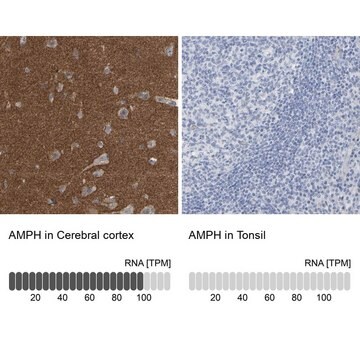F4772
Monoclonal Anti-Cytokeratin Peptide 18−FITC antibody produced in mouse
clone CY-90, purified immunoglobulin, buffered aqueous solution
Synonym(s):
Monoclonal Anti-Cytokeratin Peptide 18
About This Item
Recommended Products
biological source
mouse
conjugate
FITC conjugate
antibody form
purified immunoglobulin
antibody product type
primary antibodies
clone
CY-90, monoclonal
form
buffered aqueous solution
species reactivity
wide range
technique(s)
direct immunofluorescence: 1:100 using formalin-fixed, paraffin-embedded sections of human or animal tissues
immunohistochemistry (formalin-fixed, paraffin-embedded sections): suitable
isotype
IgG1
shipped in
dry ice
storage temp.
−20°C
target post-translational modification
unmodified
Gene Information
human ... KRT18(3875) , KRT18(3875)
Looking for similar products? Visit Product Comparison Guide
General description
Immunogen
Application
- direct immunofluorescent staining
- immunohistochemistry
- double immunofluorescence
- immunocytochemical and immuno?electron microscopic localization of keratins
- is suitable for immunohistochemistry to identify renal tubular epithelial cells in the extrarenal cells regeneration during acute renal failure
- is suitable for immunocytochemical and immuno-electron microscopic localisation of keratins in human materno-foetal interaction zone
- may be used for single or double labeling procedures
Biochem/physiol Actions
Physical form
Disclaimer
Not finding the right product?
Try our Product Selector Tool.
Storage Class
10 - Combustible liquids
flash_point_f
Not applicable
flash_point_c
Not applicable
Certificates of Analysis (COA)
Search for Certificates of Analysis (COA) by entering the products Lot/Batch Number. Lot and Batch Numbers can be found on a product’s label following the words ‘Lot’ or ‘Batch’.
Already Own This Product?
Find documentation for the products that you have recently purchased in the Document Library.
Our team of scientists has experience in all areas of research including Life Science, Material Science, Chemical Synthesis, Chromatography, Analytical and many others.
Contact Technical Service








